Mannheim is located in the southwestern Germany, being the second largest city in the state of Baden-Württemberg, after Stuttgart.
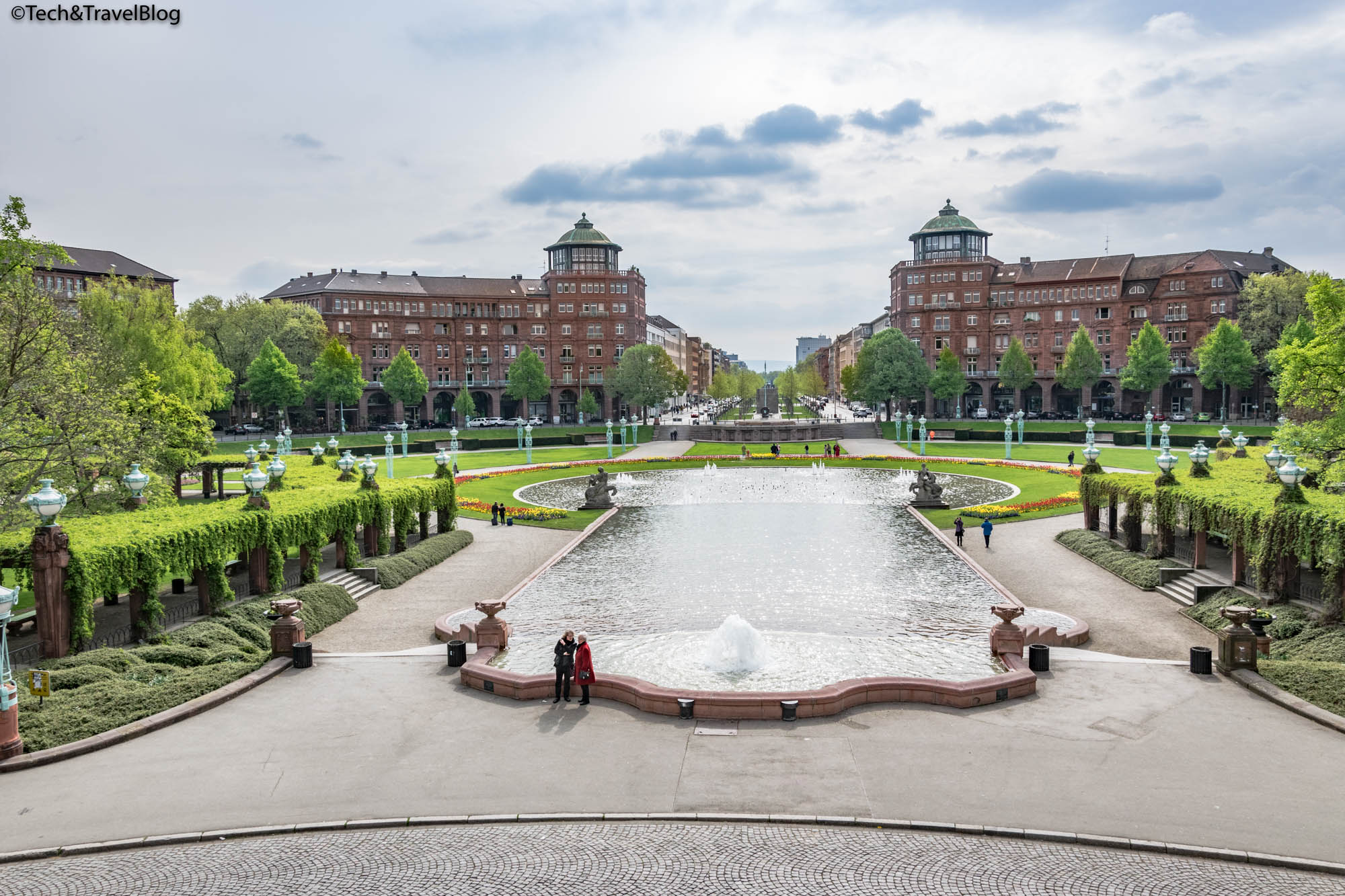
The Quadratstadt (Square City), as it is also called by the Germans, was designed and built in the 17th century and is known for its chessboard shape, similar to the one of North America, where the streets are executed at an angle straight to each other, forming a network.

The city is located at the confluence of the Neckar River with the Rhine River and is an important industrial, commercial, cultural and academic center.
Mannheim – the city of inventions:
- Karl Freiherr von Drais built the world’s first bicycle in 1817;
- in 1865 Friedrich Engelhorn founds BASF ( Badische Anilin- und Soda-Fabrik ) – today it is the largest chemical company in the world;
- in 1886, Carl Benz ‘s first car drove down the street ( a replica of the car is on display opposite the Wasserturm );
- in 1888 the first long-distance car journey from Mannheim to Pforzheim took place – 104 km;
- Julius Hatry built the world’s first jet plane in 1929;

It is not for nothing that Forbes magazine placed the city of Mannheim in the Top 15 most inventive cities in the world.
The symbol of the city is the Wasserturm (Water Tower) – one of the most famous emblems of the Art Nouveau style in Germany. In front of the tower there is an artesian fountain and a small park where you can sit on a bench to watch the play of the artesian fountains and the multitude of colors of the flowers.

Another attraction of the city is the Baroque Palace – the second largest palace built in the Baroque style in Europe, after Château Versailles in France. It is spread over 6 hectares and has over 1000 rooms. The construction of the palace began in 1720 and was completed after 40 years. Following the bombings during the Second World War, the palace was destroyed, and in 1947 its reconstruction began, making small changes to the original architecture. The works were completed only after 60 years, in 2007.

Today, only a small part of the palace is used as a museum, most of it being used by the University of Mannheim.
Another tourist area you shouldn’t miss is The Old Town Hall and Marktplatz – where farmers come three times a week with fresh fruit, vegetables, fish, spices, wine and snacks, which you can eat during your trip.

From the city center, you can walk along the banks of the Neckar to Luisenpark – Germany‘s largest urban park (41 hectares). Inside the park is the television tower with a height of 212 m – being the tallest building in the city.

Near the park is The Technical Museum – with an area of 7,500 m 2 – it presents exhibits with over 200 years of social history and the technical evolution of southwestern Germany from the 18th – 19th century to the present.
For shopping lovers there is the pedestrian area called Planken – with new and modern buildings, passages and shops. The area is currently under renovation. Work began in March 2017 and will continue until spring 2019, but all shops, cafes and public facilities are open and accessible.
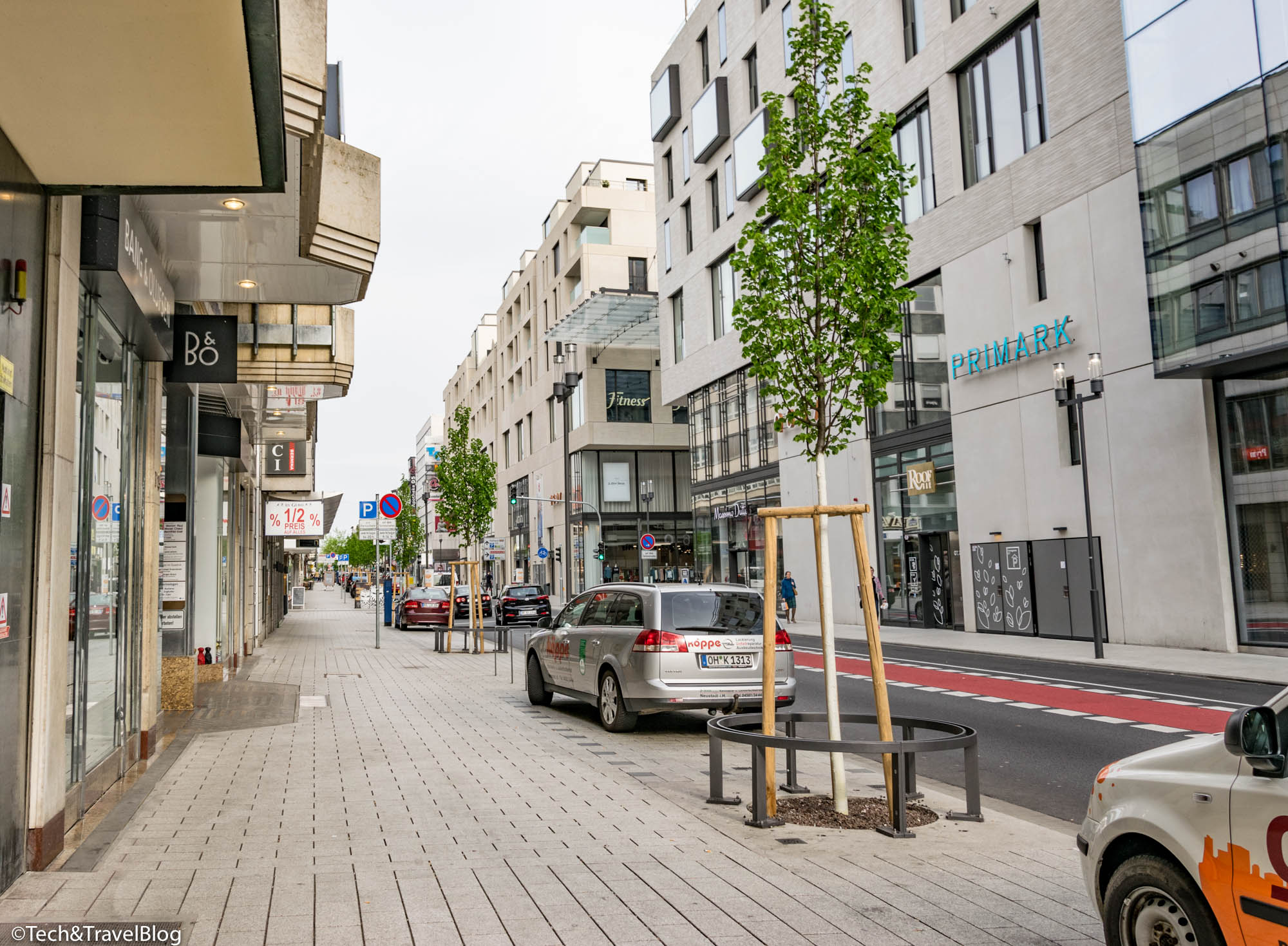
Unfortunately we were only passing through Mannheim and didn’t have much time, but we will definitely be back to really see everything it has to offer from the tourism point of view.
Mannheim is not a major tourist center, but if you are in the area it is worth a stop.
(Mannheim – 2017)


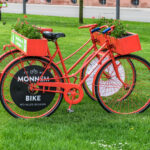



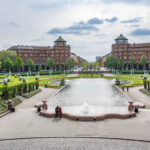


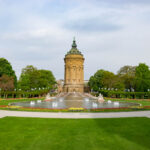


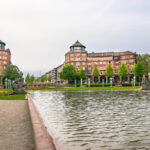












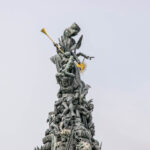


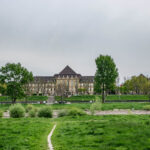



Leave a Reply